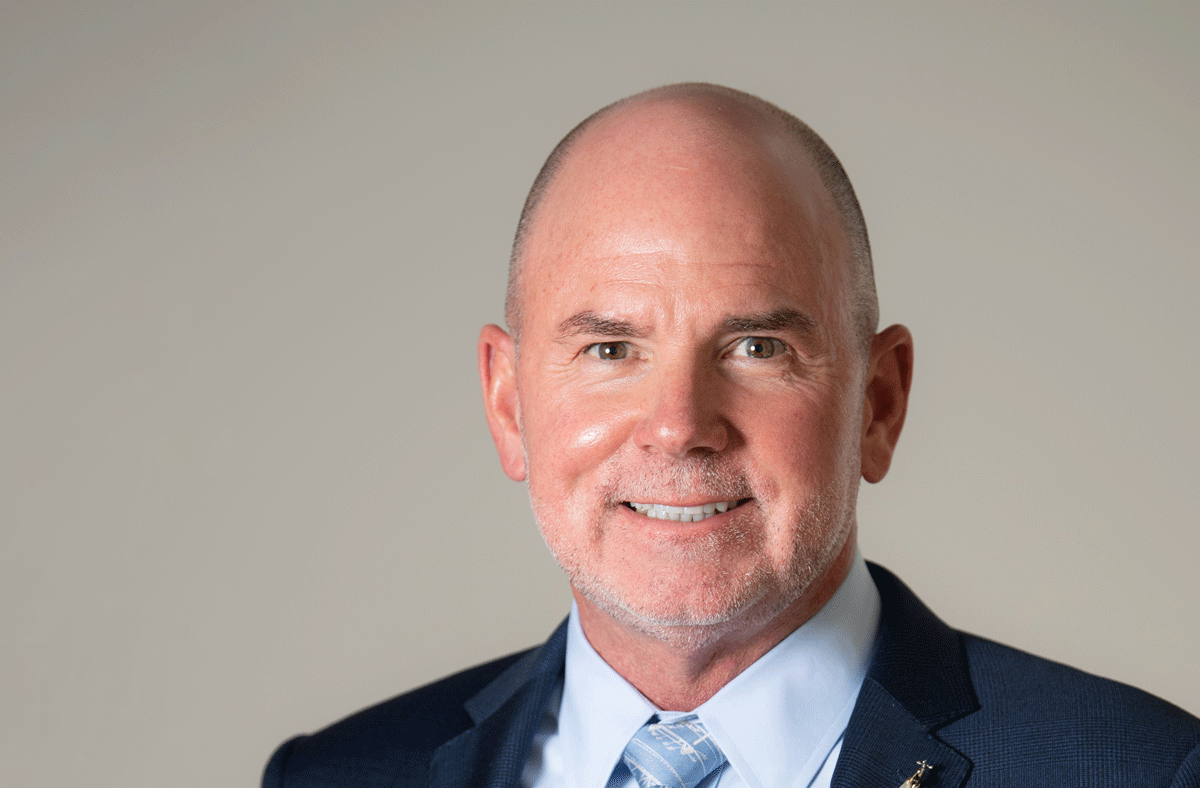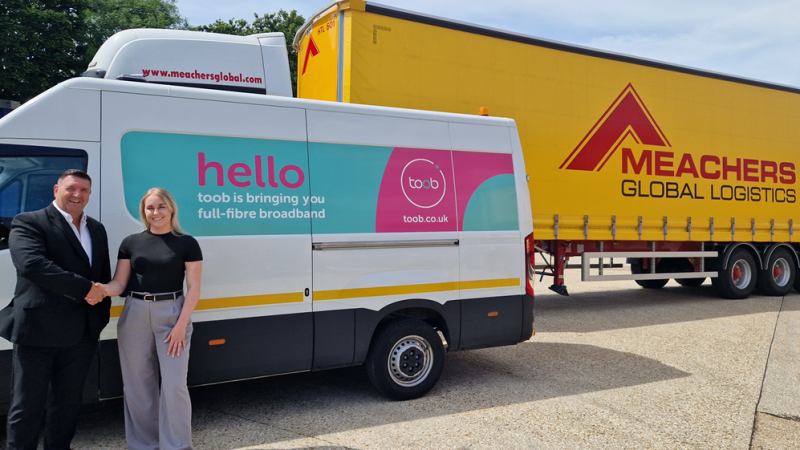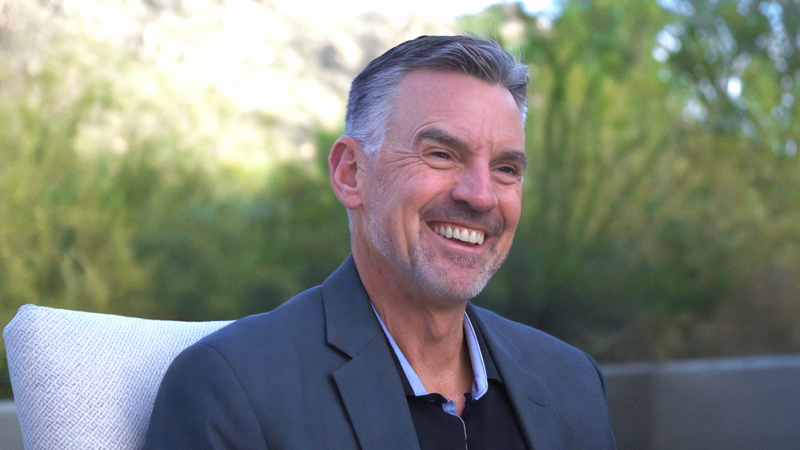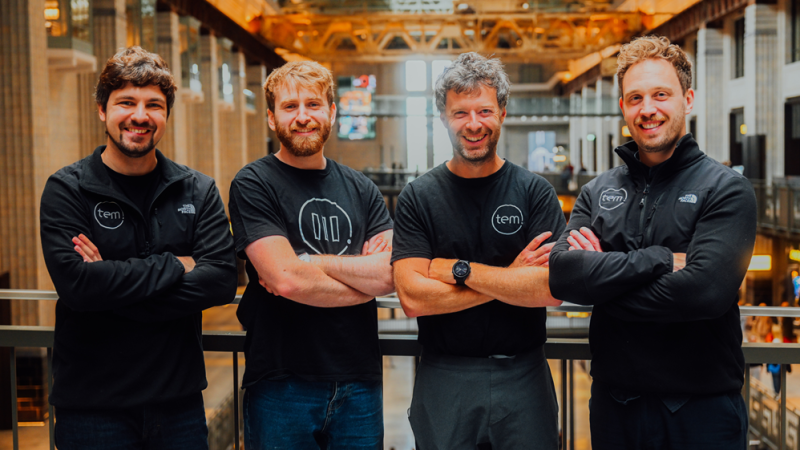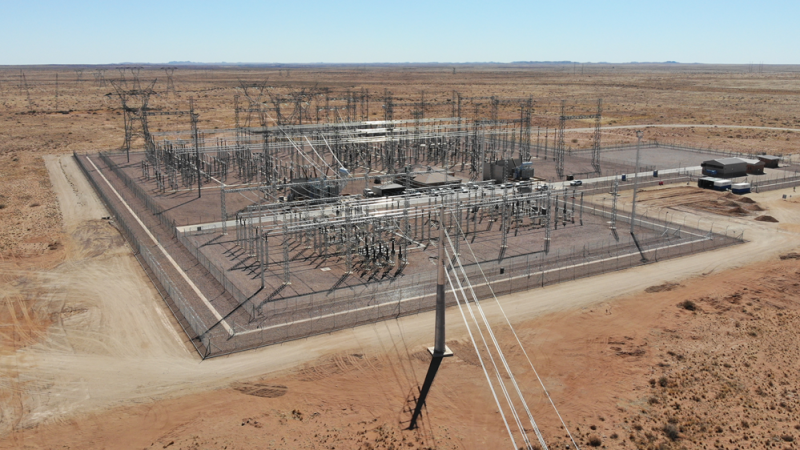Miami-Dade WASD (Water and Sewer Department) serves 2.8 million people, who collectively use 300 million gallons of water a day. That means treating and delivering 300 million gallons of clean water every day and then collecting, treating and disposing of 300 million gallons of wastewater and sewage.
“We are in one of the most rapidly growing communities, possibly in all America, and we anticipate 3 million people by 2025,” says Roy Coley, Director of the Department.
The Future of Water
This is why the Department has a Capital Improvement Program (CIP) in place worth $8.6 billion.
“We have been recognised for our forward-thinking policies and uses of technology,” Coley says.
The Department is looking at introducing automation and advanced analytics for treatment processes and monitoring water quality parameters. Miami-Dade WASD has built automated online platforms that allow staff to immediately see if processes are not going the way they should so corrective measures can immediately be implemented.
“We are collecting gas from our wastewater treatment system to generate electricity, so we are partially self-sustaining,” Coley explains. “We use lime softening water treatment, and that lime is sent through kilns to be reused rather than disposing of it and purchasing new lime, saving greenhouse gas emissions. We’re a bit ahead of the curve.”
Indeed, the Department was ranked first by J.D. Power in the large utility category in the southern United States for customer satisfaction.
“We are aggressively planning for future capacity by analysing population growth and the shift towards urban areas and higher population density,” Coley explains. “We are known as a utility of excellence, reliability and resilience. That was something that J.D. Power pointed out to us. That is what our customers and stakeholders think of us.”

Bringing Infrastructure into the 21st Century
But while the Department is undeniably ahead of the curve, there is no denying that the infrastructure it is working with has one foot in the past.
“Probably our greatest challenge is ageing infrastructure. It is an international phenomenon,” Coley says. “In Miami, our oldest water plant was commissioned in 1924. Our largest water plant was commissioned in 1954. We have a large number of physical structures reaching the end of their useful life, so we are rebuilding at an accelerated pace. Last year we invested more than $599 million in water and sewer infrastructure upgrades, beating the previous year’s $557 million all-time record.”
This is all the more impressive when you consider that the Department completed this work in the wake of a pandemic, at a time of materials scarcity and contract and labour shortages.
“To execute that historic record is a testament to an incredible staff who is committed to rebuilding our utility,” says Coley. “They did not allow anything to be an excuse. It has been our greatest challenge, but also our greatest accomplishment.”
Ageing infrastructure is a problem across industries, sectors, and borders. Another familiar problem is the ageing workforce and bringing young people into utility management. A problem that requires a different approach.
“Like all utilities, we have an ageing workforce and a very large percentage of our workforce slated for retirement in the next five to ten years,” Coley points out. “We have already experienced a large number of retirements, and that is knowledge walking out the door. A lot of places aren’t training people. So, what we are doing at Miami-Dade County is creating training programs to develop staff. We tell people ‘If you want a career path and you believe in doing the right thing, taking care of the environment, and supplying a vital resource, join us! We will train you in the skills you need.”
Miami-Dade Water and Sewer Department has the facilities to bring people in with zero technical expertise and train them in water treatment, heavy equipment operation, and electrical engineering. These trainees work alongside experienced staff nearing retirement age to receive training and real-world experience.
“We are a people-first organisation,” says Coley. “We understand we need the best people, which means paying them well and treating them better. We allow them to grow and prosper, and by doing that we will become the best version of ourselves.”
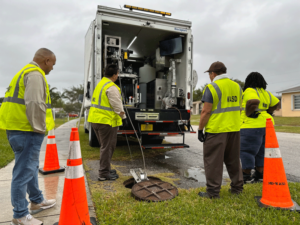 Connecting People
Connecting People
The Department’s forward-thinking approach is also what fuels its vaulting ambition. This ambition is what is behind the Connect 2 Protect project; a truly remarkable public works project. Within Miami-Dade County, there are approximately 120,000 properties served by septic tanks. 9,000 of those septic tanks are compromised or failing and at risk of leaking into the groundwater.
The Miami-Dade WASD is embarking upon a widespread process of septic tank to sewer system conversion.
“Our Mayor has tasked us with getting those 9,000 septic tanks connected to our municipal sewer system,” says Coley. “We are currently rolling that out. They are in various stages of progress from planning, to design, permitting, and construction.”
This project will do many things for Miami-Dade County. Connect 2 Protect will improve water quality in the region while opening up economic opportunities. Many of the properties being connected are small businesses that have had their opportunities limited. Once these septic tanks are connected to the sewer system they can develop, adding bathrooms or even swimming pools.
“By replacing the septic tanks with a sewer service, we open up a lot of options for those properties,” Coley says. “It is one of the widest supported programs I have ever seen. Nobody is against spending the money to get rid of septic tanks.”
It is a bold project, but speaking with Coley it is clear that this is only the beginning.
“The future’s bright. We have an amazing mayor, and the benefits that gives are immeasurable and intangible. We have one of the strongest municipal governments in the United States,” Coley informs us. “We have the best utility, with the best people in the United States. We are investing not just in infrastructure, but also the soft skills that will set our people apart.”
